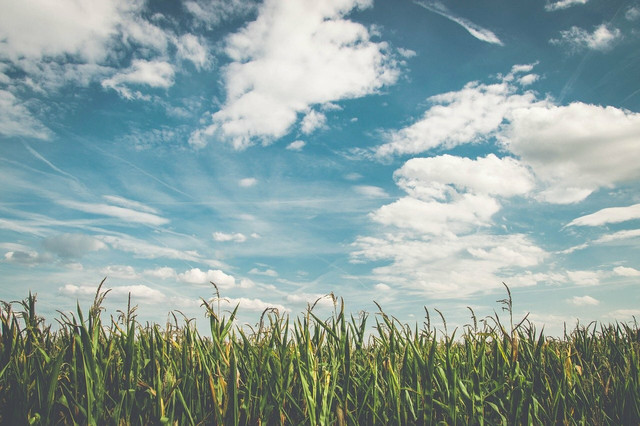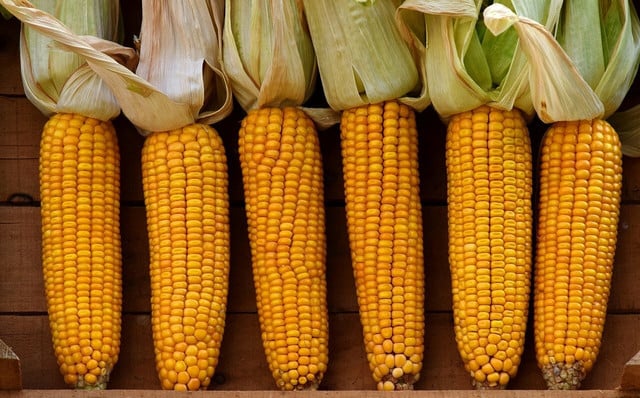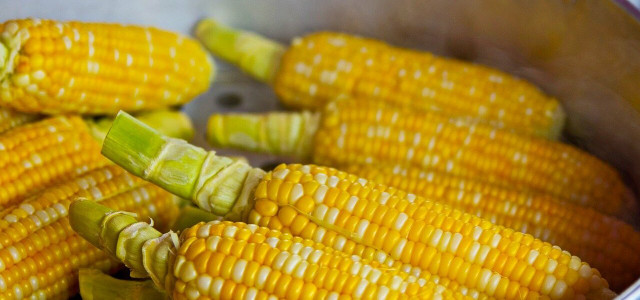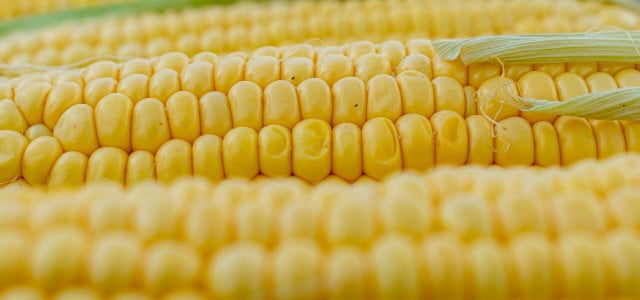Corn is one of America’s favorite crops–it is grown throughout the U.S. and found in many classic dishes. In this article, you can read all about why and how to freeze corn. After all, there’s only so much corn you can eat while it is in season!
Why You Should Freeze Corn

In 2019, U.S. farmers planted 91.7 million acres of corn, which is the size of about 69 million football fields, as stated by the USDA. Corn is grown in nearly every state in the U.S., so it’s fair to say, Americans are quite fond of the golden grain!
But there’s only so much corn you can eat while it is in season, which typically begins in late summer and ends in winter, or roughly between the months of July and November.
Fortunately, corn is one of those vegetables that can be easily preserved by freezing it.
You may be wondering why you should freeze corn. While you can find both fresh and processed vegetables in grocery stores year-round, we recommend buying them from local growers while they’re in season. That way you can both support your local farmers and reduce your carbon footprint: buying imported fresh vegetables during the off-season or processed foods that require more energy to produce always means more CO2 than buying seasonal vegetables and preserving them.
Another reason is that you can easily preserve the flavor, nutrients and color of fresh corn if you pay attention to a few simple things while preparing it for the freezer. Also, by freezing corn leftovers you can also avoid food waste.
To to Freeze Corn On & Off the Cob



Here’s how you freeze corn:
- Shuck corn: the easiest way to do this is to separate the husks at the top, grab the tassel of silk strands and pull them all the way down.
- Once the corn is exposed, bring a large pot of water to a boil and place several ears of corn in the pot.
- Blanch corn for 5 minutes.
- Transfer corn directly into a pot of ice water and let it sit for two minutes. If you don’t have any ice, you can rinse the corn under cold water instead.
- Allow corn to dry.
- If you want to freeze only the kernels, cut them off with a knife, working your way from the top to the bottom of each ear.
- Place ears or kernels in airtight containers and put them in the freezer.
You’re wondering whether blanching corn before freezing it is worth it? Consider this: according to the University of Minnesota, by blanching and chilling corn you inactivate its natural enzymes, which is a must in order to prevent flavor and texture changes as well as loss of color and nutrients.
Note: some corn enthusiasts argue that the texture of frozen corn off the cob is much better than that of frozen corn on the cob. Give it a try and find out what works best for you!
What Recipes You Can Use Corn In
Corn is eaten for breakfast, lunch and dinner. Boiling corn on the cob and serving it with mashed potatoes is a popular choice, as is cutting the kernels to serve on the side or adding them to a casserole.
Another American classic that we don’t want to miss is corn dogs. Take a look at these delicious Vegan Corn Dog Recipes.
Read more:
- Freezing Carrots: Tips And Tricks
- Freezing Fresh Green Beans: What You Should Know
- How to Freeze Eggplant: Tips and Tricks
Do you like this post?







